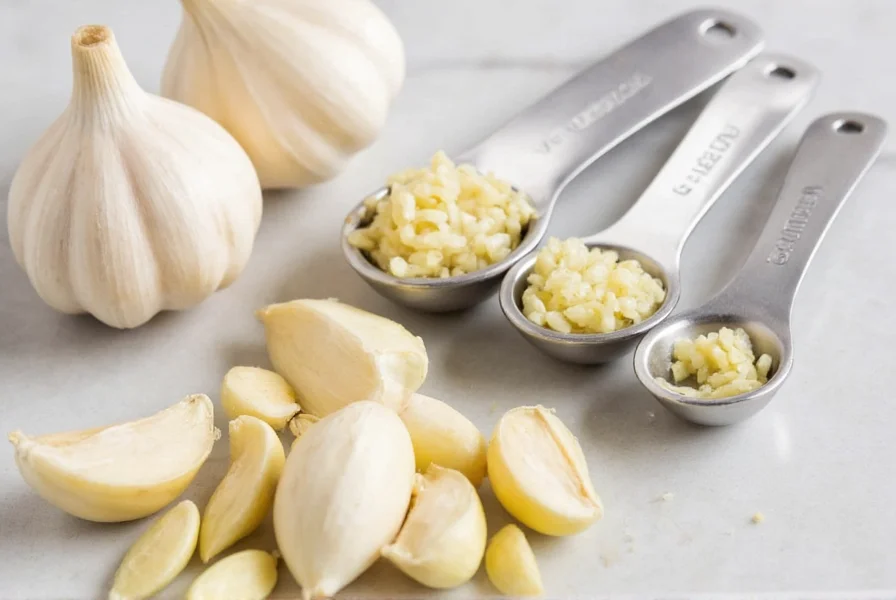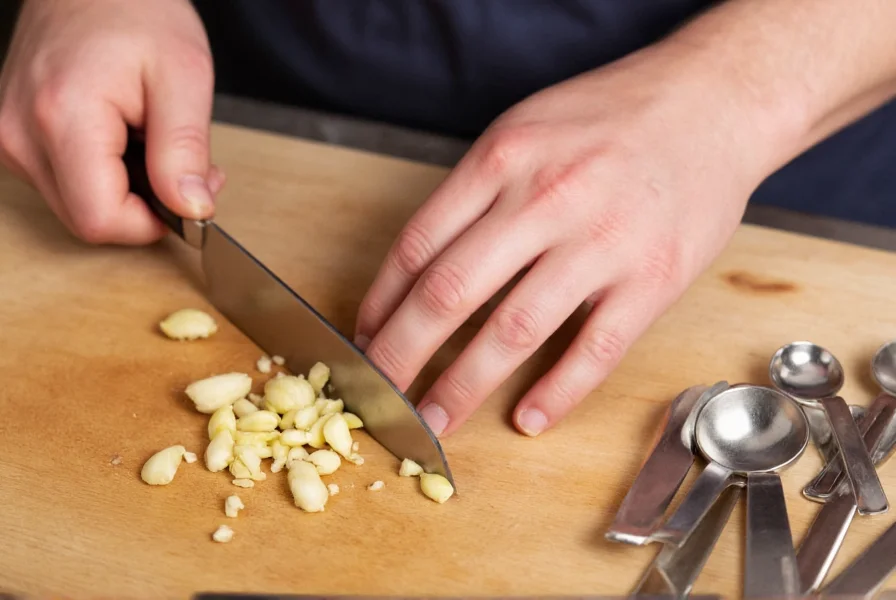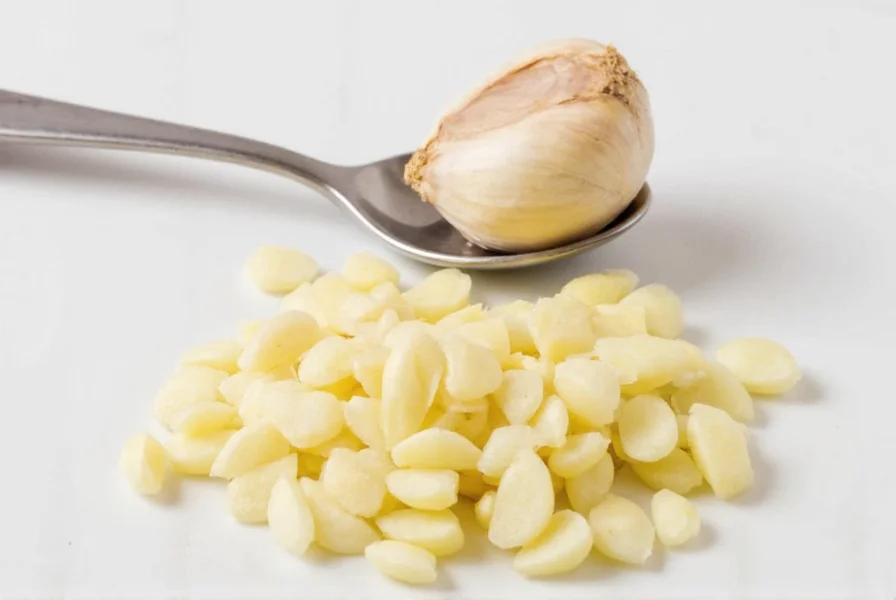Understanding garlic measurements is essential for consistent cooking results. Many recipes specify garlic in cloves while others use volume measurements like tablespoons, creating confusion in the kitchen. This guide provides accurate conversions and practical tips for working with garlic in all its forms.
Why Garlic Measurement Conversions Matter
Garlic's potency significantly impacts dish flavor profiles. Using incorrect measurements can lead to underwhelming or overpowering results. The challenge lies in garlic's natural variability—cloves differ in size based on variety, growing conditions, and bulb position. A single clove from a large elephant garlic might equal three cloves from a smaller hardneck variety.
Garlic Conversion Fundamentals
When converting cloves to tablespoons, preparation method affects the final volume. Whole cloves occupy more space than minced or pressed garlic due to air pockets. The standard conversion assumes properly minced garlic with no large chunks.
| Garlic Form | 1 Clove Equivalent | 3 Cloves Equivalent | 6 Cloves Equivalent |
|---|---|---|---|
| Whole Clove | N/A | N/A | N/A |
| Minced Garlic | 1/2 tsp | 1/2 tbsp | 1 tbsp |
| Pressed Garlic | 1/4 tsp | 3/4 tsp | 1/2 tbsp |
| Garlic Powder | 1/8 tsp | 1/4 tsp | 1/2 tsp |
Accounting for Garlic Size Variations
Garlic size dramatically affects conversion accuracy. Grocery store garlic typically falls into these categories:
- Standard grocery garlic: Medium cloves (15-20mm diameter) - use standard conversions
- Elephant garlic: Very large cloves (30mm+) - 1 clove ≈ 1 tablespoon minced
- Hardneck varieties: Smaller cloves (10-15mm) - 4-5 cloves needed for 1 tablespoon
For critical recipes, weighing provides the most accurate measurement. One average garlic clove weighs 3-7 grams depending on size, with 5 grams being typical for standard conversions.

Practical Kitchen Applications
Understanding garlic clove to tablespoon conversion for recipes helps maintain flavor balance. When substituting:
- For garlic powder substitute for fresh garlic, use 1/8 teaspoon powder per clove (1/4 teaspoon per tablespoon of fresh)
- Frozen garlic paste maintains similar volume to fresh minced garlic
- Bottled minced garlic often contains preservatives that slightly alter flavor intensity
Chefs recommend adjusting based on garlic's freshness—older garlic develops stronger flavor compounds. When converting how many tablespoons is 4 garlic cloves, start with 2 teaspoons and adjust to taste.
Avoiding Common Measurement Mistakes
Many home cooks make these errors when converting garlic measurement equivalents for cooking:
- Measuring whole cloves in spoons (always mince first for volume measurements)
- Not accounting for different garlic varieties
- Using heaping spoons without leveling off
- Ignoring recipe context (garlic mellows when roasted but intensifies when raw)
For dishes where garlic plays a starring role like aioli or pesto, weighing provides the most consistent results. A food scale set to grams eliminates conversion guesswork entirely.

When Precision Matters Most
Certain recipes demand accurate garlic to tablespoon conversion chart adherence:
- Preserve recipes where garlic affects pH balance
- Commercial sauce formulations
- Dietary-specific cooking for garlic-sensitive individuals
- Professional recipe development
For everyday home cooking, the standard how much minced garlic equals one clove guideline (1/2 teaspoon per clove) works well. Remember that roasting garlic reduces its potency by about 30%, so you may need to increase quantities for roasted applications.











 浙公网安备
33010002000092号
浙公网安备
33010002000092号 浙B2-20120091-4
浙B2-20120091-4